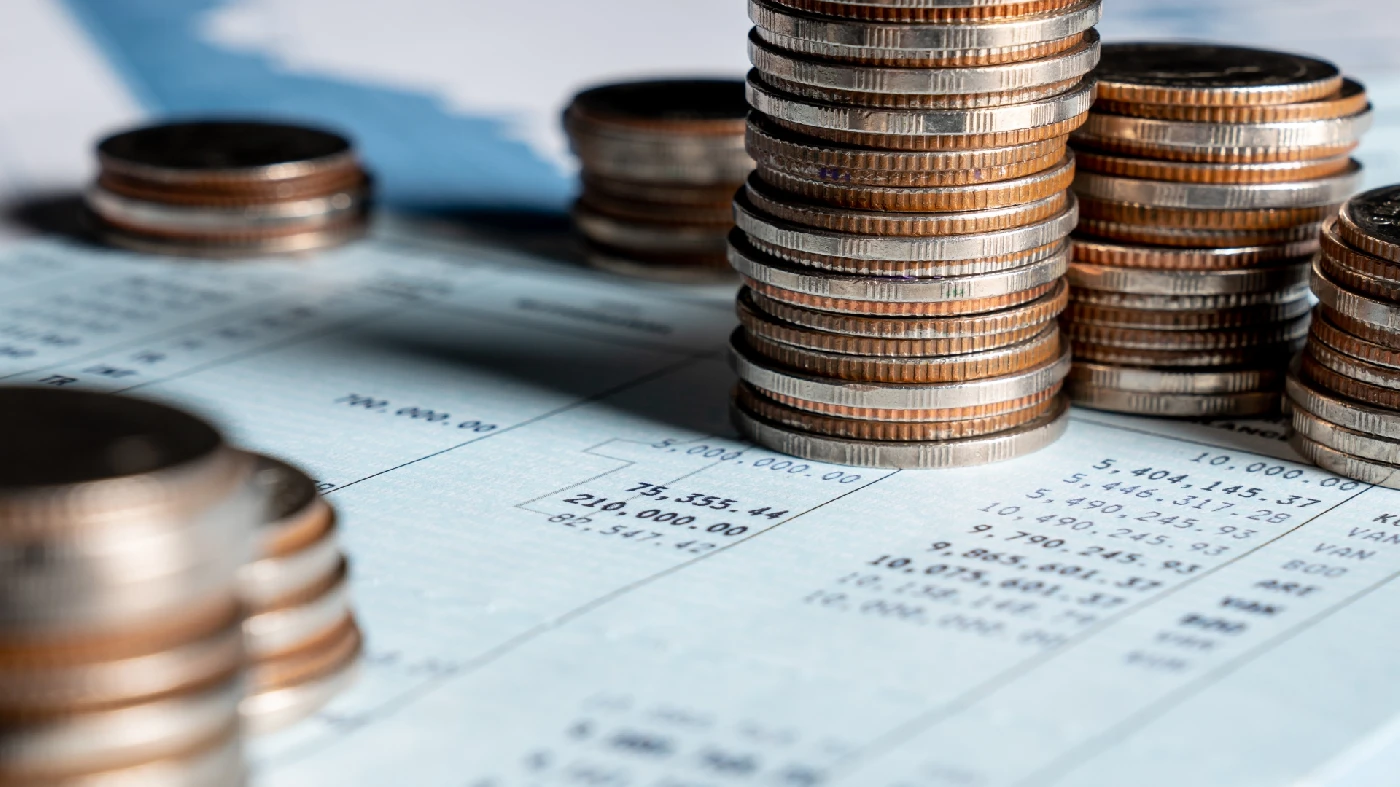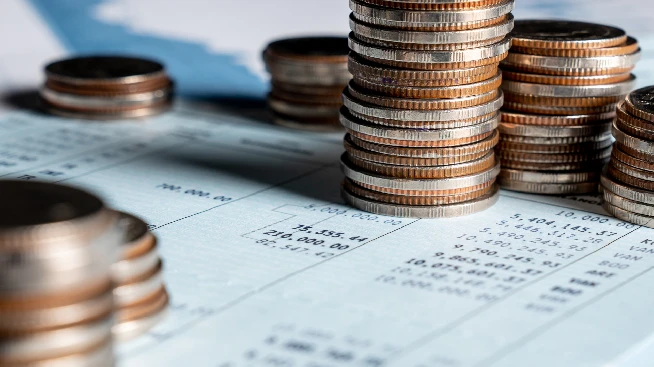Since time immemorial, gold has been a store and signifier of value, primarily because Its supply has always been restricted due to its rarity. Even today the US Geological Survey notes that only 187,000 tonnes has been mined throughout history. That and its unmistakeable beauty mean that gold has always carried a high price.
Today, like many times during the past 50 or so years, the price of gold is dropping, and many are asking ‘will the gold rate decrease in the coming days?’ To get an answer though, we can look at history. But how has the price changed over time and what has influenced it?
40s-60s – Bretton woods and the gold standard
As the world was exiting the second world war, the US, Canada, Europe, Australia and Japan established the Bretton Woods system. Designed to provide financial stability to enable the rebuilding of countries and economies devasted by the conflict, it pegged the value of gold to the dollar at a rate of $35 per troy ounce, ending its fiat currency status.
Between July 1944 and August 1971, when the agreement came to an end, the price of gold was steady at this price, but the resumption of USD as a fiat currency supported by the Federal Reserve ended gold’s price stability.
1970s – Gold booms
Untethered from the dollar, gold began skyrocketing in price in the 1970s on the back of all manner of shocks including the situation in Iran, ever-escalating oil prices and enormous inflation.
As we’ll see, the effect these shocks had on gold can be seen to this day.
1980s and 1990s – Gold stabilises
As the crises of the seventies subsided, so did the price of gold. Investors sold their gold and flooded into stocks and shares, boosting the economy, and leading to a lapse in the gold price. The price increased on the back of the early 1990s recession and US savings and loan crisis but dropped back as economies bounce back.
2000s – Gold rises on recession
The price of gold saw a steady increase during the noughties as threats like terrorism, the wars in Afghanistan and Iraq, and bursting of the tech bubble led to investors seeking the gold haven. But prices truly started skyrocketing during the Great Recession, tripling between 2007 and 2012.
2010s – Choppy waters for the gold price
After dropping back as the economy exited the Global Recession, the price of gold skyrocketed again as fears of a US-China trade war and Chinese recession hit the markets, before rising precipitously in response to the Covid 19 pandemic.
As we can see above, in general, the price of gold moves inversely to the fortunes of the global economy – as times get tougher, the price rises. As such, with inflation starting to subside, it’s possible we’ll see gold falling over the foreseeable.





























